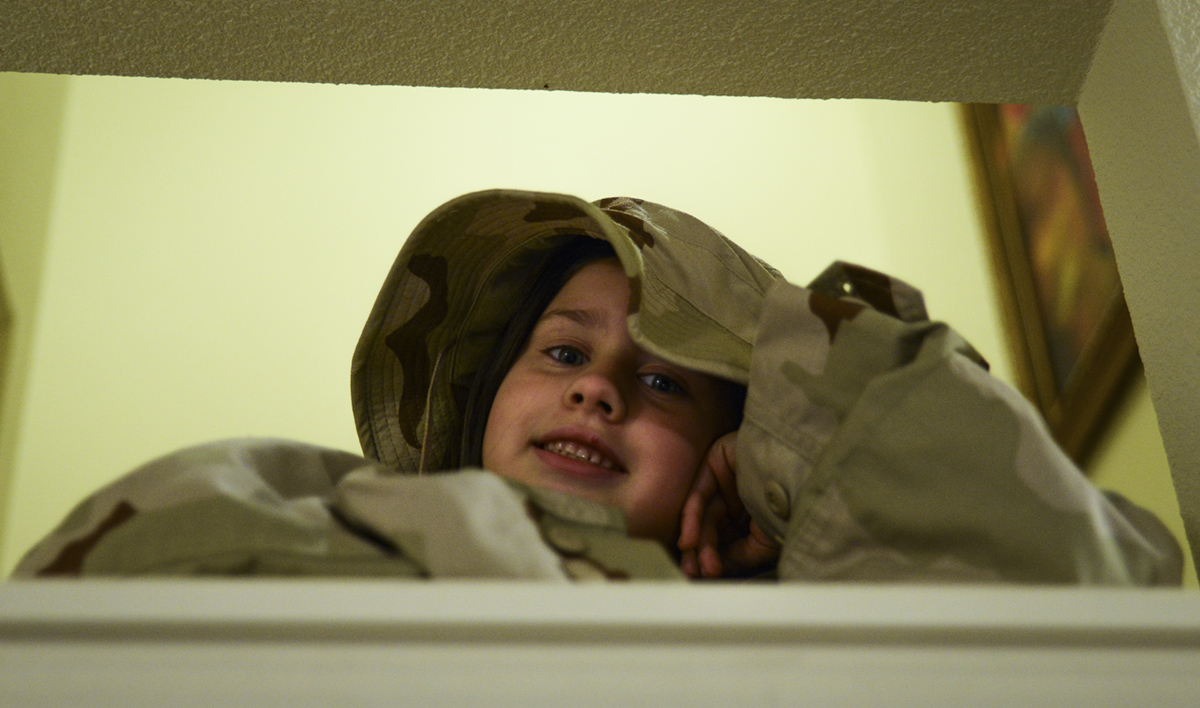
Human brain comprises billions of neurons in charge with production, receiving and further transmission of electrical impulses. Electrical impulses represent means of communications between neurons. In case of seizure there is an abnormal and excessive electrical activity in the brain which leads to excitation of many neurons. This results in specific contraction of skeletal muscles, changes in awareness and behavior.
Even though seizures in children usually do not last long they may appear terrifying for parents. In majority of children seizures can be well-controlled with medications and some of them will even eventually overgrow the condition.
Types of Seizures in Children
Seizures in children can be in several forms and their symptoms and signs vary a lot. Seizures are generally classified according to the child's appearance/behavior during the attack and the pattern of electrical activity in the brain (recorded by electroencephalogram-EEG).
The most common type of seizures in children is convulsion also known as 'grand mal' or 'tonic clonic' seizure. During the attack a child loses consciousness, the body becomes stiff and there are jerky muscle movements. Muscle rigidity may result in accidental biting the tongue.
Apart from 'grand mal' seizures other types of seizures are not so dramatic. Jerky movements may affect only one arm or other parts of the body. In mild cases there is only a change in a child's behavior. For example a child may suddenly stop responding and stare for a while. This type of seizures is known as simple partial or complex partial seizures.
In some children seizures can be associated with 'sensations' only felt by a child. This 'sensation 'can be in a form of stomach discomfort, fear or unpleasant smell. In this case a child is suffering from simple partial seizures known as auras. An aura can be an introduction to actual seizures. One more presentation of seizure can be in a form of speaking difficulties or partial vision loss or other sensory loss.
Diagnosing Seizures in Children
The doctor starts with medical and seizure history. The information about frequency and characteristics of the attack is obtained from parents. What follows is physical and neurological examination. A child also undergoes electroencephalogram (EEG). The test provides with data regarding brain's electrical activity and can effectively localize the actual site of formation of abnormal electrical impulses.
The prognosis of seizures in children is generally good in case there are no serious structural brain abnormalities. With proper treatment a child may have a normal life and grow and develop adequately. The treatment plan is individual and the child goes for regular check-ups.








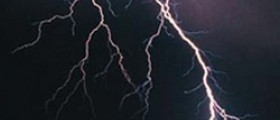


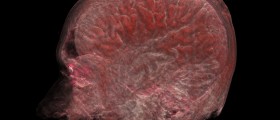


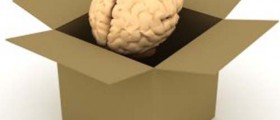

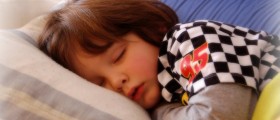
Your thoughts on this
Loading...